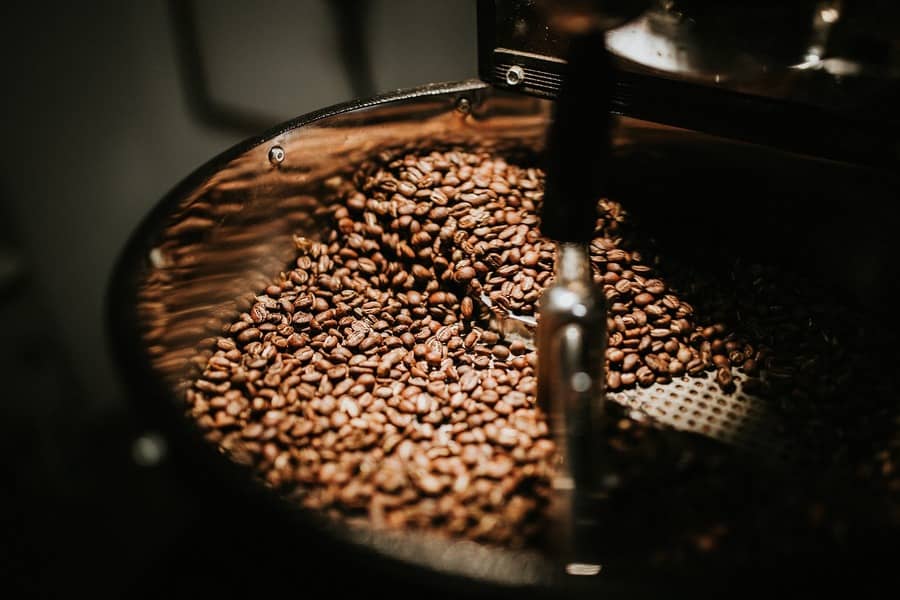Coffee is in a bullish sequence, breaks graphic resistances, and surpasses the 170-cent level on ICE US, showing bullish strength. The market is not only moving away from the price bottom at the beginning of October, when it flirted with the 140-cent level, but also indicates an upward change in its performance level, breaking the bonds of a slowdown. The coffee market also changed the trend line, reducing the long-term negative slope.
But the rise in prices is still linked to very low certified coffee stocks on ICE US, which totaled only 310 thousand bags at the end of the trading session on November 8. It is the lowest level in more than 24 years – since March 1999 – when at the end of the month there were only 243 thousand bags of coffee in warehouses accredited by the NY Stock Exchange. It is worth noting that there was a similar downward movement in stocks during this period last year, which shows the December contract in NY has been quite vulnerable to these bottlenecks in the supply of certified coffee.
The practical result is that buying interest continues well above the selling one, in a squeezed market, which serves as support for prices. The expiration of the Dec/23 options contracts, on the 10th, associated with the first delivery notice day of the Dec/23 position, on November 21, ends up accelerating the coverage of long positions and enhances the dynamics of rising futures coffee prices. The weak dollar, especially against the real, and the high in oil prices contributed to coffee gains in New York.
The strength of the upward movement in New York must be put in check once this stress from the rollover of the December 2023 contract is overcome, when the Mar/24 contract will definitely take over the reins of the market. It is worth noting that the Mar/23 contract has already taken center stage, carrying the largest number of open positions. But as the transition between contracts is not yet complete, the upward influence of rollovers continues.
The arrival of the Mar/24 expiration brings the market closer to the new Brazilian crop, which begins to be reaped between April and May 2024. In addition to more effectively reflecting the flow of new coffee from other important origins, such as Vietnam’s robusta, whose supply of new coffee should gain intensity from the end of November and beginning of December, and coffee milds from Colombia and Central America, mainly Honduras, the main certifier of coffee on the exchange.
The important fact is that on the fundamental side there is no supporting factor for an upward shift in prices. Supply remains calm physically, especially for arabica. There is an expectation of growth, albeit modest, in production in Vietnam and Colombia, as well as Brazil should harvest another full harvest in 2024, even bigger than the one reaped this year, driven again by the advance in arabica production. On the demand side, there is still a slow flow of purchases in the face of global, political, economic, and financial uncertainties.
Fundamental support is important for the market to sustain a more significant upward movement in prices. Without this support, it is more vulnerable to negative corrections, having overcome the stress of the Dec/23 contract rollover on ICE US. For growers, this is the time to take advantage of rising prices, splitting the sales flow, and diluting future risks of falling prices. Growers have taken advantage, with increasing selling interest among the main global origins.

